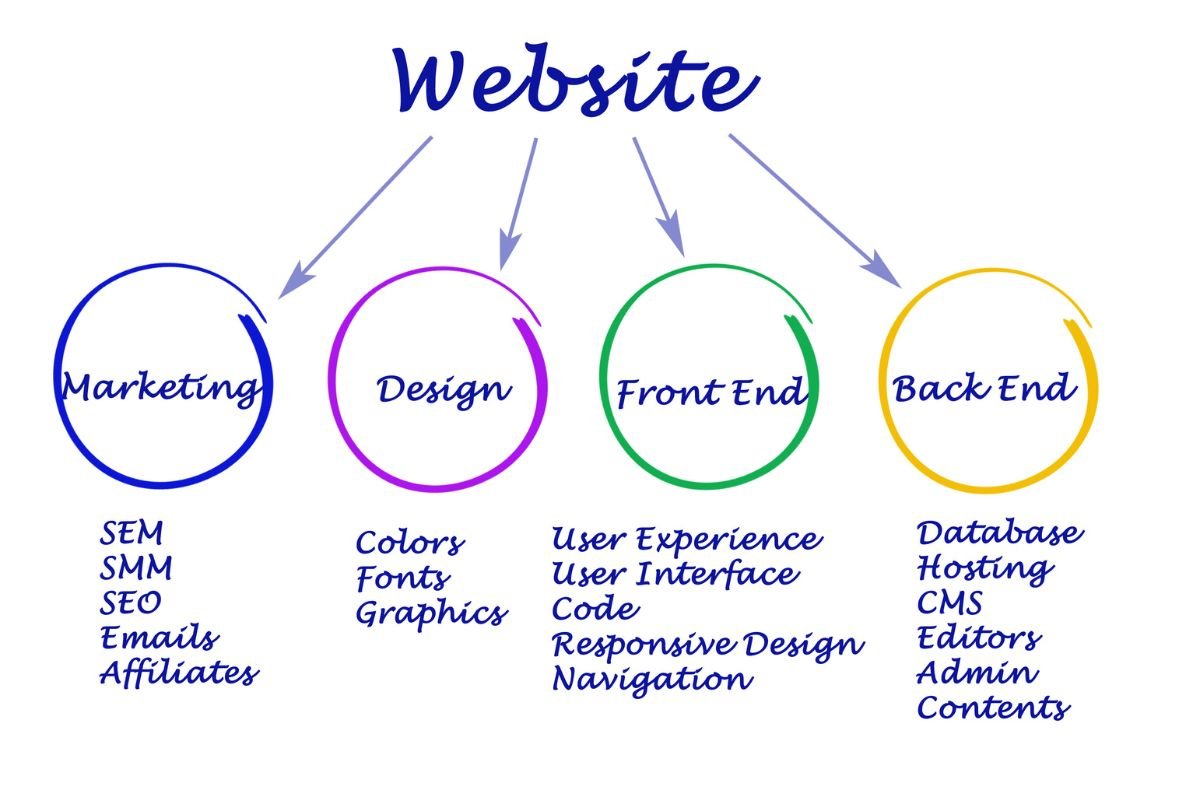In today's fast-paced digital world, a slow-loading website can be a death sentence for businesses. Users expect lightning-fast load times, and Google's algorithm favors sites that perform well. As a result, optimizing website performance has become a critical aspect of online success. In this blog post, we'll explore some key strategies for improving your site's speed and efficiency, including high-ranking keywords to help boost your visibility in search results.
1. Minimize HTTP Requests
- Combine multiple files into a single file, such as CSS and JavaScript files.
- Use image sprites instead of individual images.
- Use inline images instead of CSS background images.
2. Use Content Delivery Networks (CDNs)
A CDN is a distributed network of servers that delivers content to users based on their geographic location. By using a CDN, you can reduce the distance between your server and your users, which can significantly improve load times. Some popular CDNs include Cloudflare, Akamai, and Amazon CloudFront.
3. Optimize Images
- Compress images using tools like JPEG Optimizer or Kraken.io.
- Resize images to the appropriate size for your website.
- Use modern image formats like WebP or AVIF that offer better compression than JPEG or PNG.
4. Enable Browser Caching
- Set appropriate cache headers on your server.
- Use a plugin like W3 Total Cache or WP Rocket to manage caching for you.
5. Reduce Server Response Time
- Optimize database queries and code to improve performance.
- Use a content delivery network (CDN) to reduce the distance between your server and your users.
- Choose a reliable web hosting provider with fast servers and low latency.
6. Monitor Your Website Performance
- Google Analytics
- Pingdom
- GTmetrix
- WebPageTest
7. Use a Fast Hosting Provider:
The hosting provider you choose can significantly impact website performance. Use a fast hosting provider with a good uptime record and sufficient resources to ensure that your website loads quickly and is always available.
8. Minimize Redirects:
Redirects can slow down website performance, as they require additional HTTP requests. Minimizing redirects can improve website speed and performance. Use permanent redirects where possible, and avoid using unnecessary redirects.
9. Optimize Website Code:
Optimizing code can improve website performance by reducing file size and load times. Use minification to remove unnecessary characters from your code, remove comments and whitespace, and use code compression to reduce file size.
10. Compress Files:
Compressing files can significantly reduce their size and improve website performance. Use Gzip compression to compress files and reduce file size. This can improve website load times and reduce server load.






